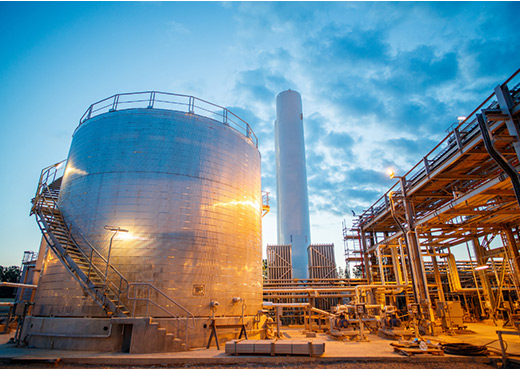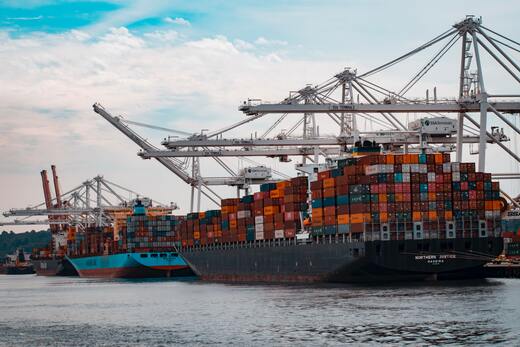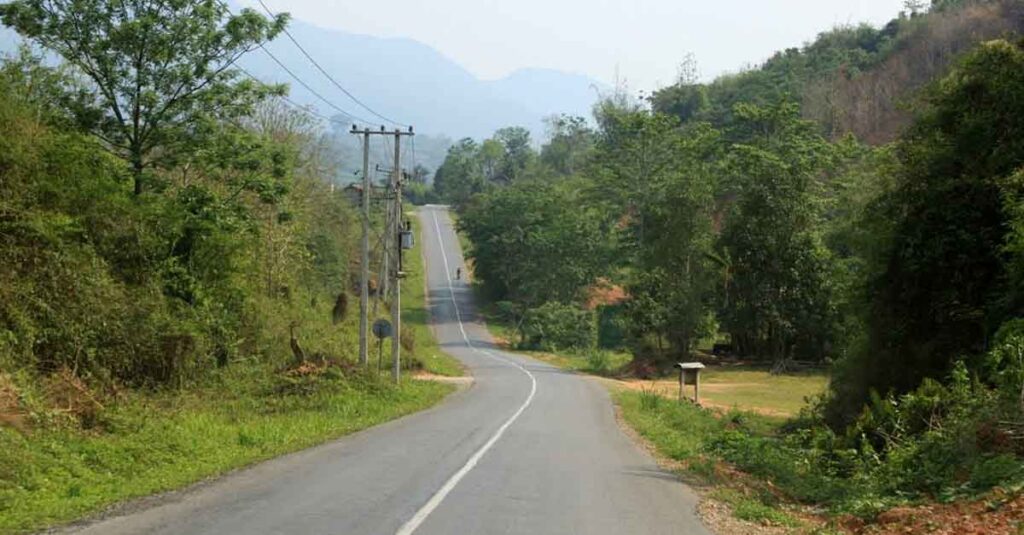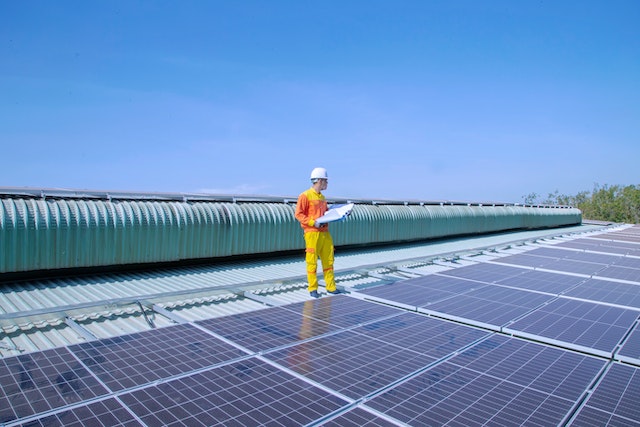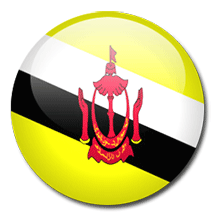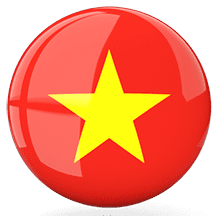PHILIPPINE Startup Week 2022 (PHSW22) is happening from Nov. 14 to18, 2022. With the theme "Homegrown Heroes: Cultivating Future Tech Giants," this nationwide five-day conference brings together the local startup community. Dr. Rafaelita M. Aldaba, undersecretary for Competitiveness and Innovation Group, Department of Trade and Industry (DTI), is hopeful and believes the "Philippine startup ecosystem is thriving in the new normal, as seen in the unfettered growth of investments. Home to a great pool of creative talents and with more focused government support, the Philippines is now a real emerging startup destination."
Sharing a list of startups provides a resource for jobseekers excited by the opportunity to innovate, solve big problems and grow their skills. Success stories could also serve as an inspiration for potential startup founders or entrepreneurs to increase the pipeline of ventures in the country. LinkedIn and Shell LiveWIRE list their top startups for 2022.
In its inaugural Top Startups in the Philippines list, LinkedIn highlights the local startups that have shown resilience in an uncertain market environment and are continuing to innovate in 2022. The list showcases companies, predominantly homegrown tech businesses, that successfully captured market opportunities amid the pandemic. LinkedIn analyzed data across four pillars to compile the list: employee growth, jobseeker interest, the attraction of top talent, and engagement with the company's LinkedIn page and its employees. Their top 10 startups are Tier One Entertainment, SariSuki, Shoppertainment Live, Kumu, Edamama, GrowSar, PDAX (Philippine Digital Asset Exchange), Edukasyon.ph, Peddlr and Prosperna.
A new class of entrepreneurs emerged during the pandemic who embarked on micro or solo entrepreneurship to augment their income and overcome financial challenges. Those entrepreneurs behind startups, such as SariSuki, Shoppertainment Live, Edamama, Growsari, Peddlr, and Prosperna, met opportunities to respond to the demands of the times. Led by local creatives and talent, the live-streaming platform Kumu highlights the country's growing demand for innovative and interactive digital entertainment that champions Filipino voices and perspectives. Tier One Entertainment, a gaming and esports company, shows the unique potential of this lucrative industry by investing in talent and technology. Education technology (Edtech) platform Edukasyon.ph saw an opportunity to be of service in response to the disruption in the education sector and emerging concerns about the future readiness of today's youth. As digital finance becomes more mainstream in the Philippines, the rise of PDAX (Philippine Digital Asset Exchange), a homegrown cryptocurrency exchange, shows the Filipinos' growing interest in exploring new frontiers in personal finance and investments to diversify and optimize their portfolios, navigate the current economic climate, and benefit from future growth potential.
Meanwhile, Shell LiveWire chose the 2022 Top 10 tech startups that contribute solutions to socioeconomic problems: Bambuhay, Carbonamics, Evergrocer Zero Waste Online Shop Corp., Hive Energy PH, Kargax, Pieza PH, Recycle on Demand Bin, Sakahon, Suds Sustainable Pods, and Taxikel. Climate technology startup Carbonamics looks promising. They transform carbon dioxide emissions from the air into bioethanol — a chemical compound that helps minimize carbon emissions when mixed with fuel. JF Gauthier, founder and CEO of Startup Genome, believes in technology's role in fighting climate change. "Innovations by tech companies may be our best bet to prevent global disaster, given countries' failure to negotiate or legislate their way out of climate change. But those innovations would succeed only if Cleantech startups scale," Gauthier mentioned in the GSER.
There are 2,439 startups in the Philippines, according to Traxcn, an analyst-led platform providing curated profiles of 100,000+ startups across 230+ sectors globally. Based on the GSER 2022, there is a strong improvement in Manila's Ecosystem Value this year at $2.1 billion from $584 million last year. DTI reports that FinTech and e-commerce remain the country's top-performing sectors because of their density of talent, support resources and startup activity. It added that "a call for a united front and aggressive development of the Philippine startup ecosystem is needed to catch up with rising and emerging ecosystems highlighted in the GSER 2022 Report." It would be interesting to see how the PHSW22 conference engages startup founders, investors, corporates, academia, media and government agencies to promote collaboration, innovation, and support to further grow the Philippine startup ecosystem.


